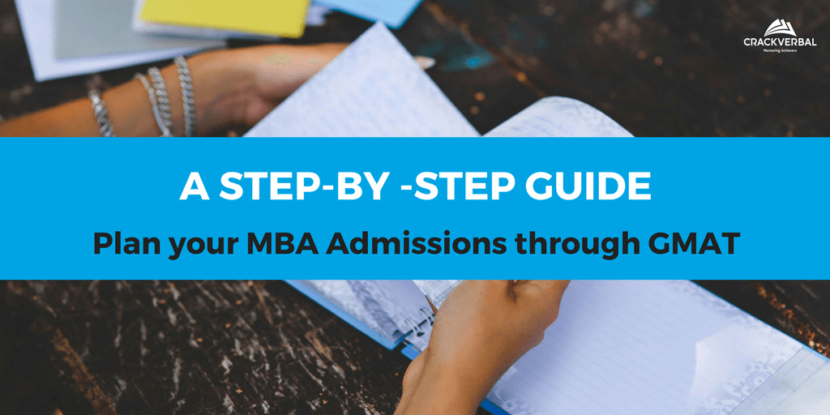Applying for an MBA through the GMAT is scary. We know.
The amount of information you need to read, process, and make sense of? Even more scary.
But don’t worry.
We’ve got you covered!
In this article, we will guide you by providing step-by-step plan to cracking the GMAT and applying to a b-school of your choice.
It will also help you set daily/weekly goals, and help track progress.
This guide is broken down into 4-phases, each giving you the perfect tools and techniques you need to plan your MBA admission process through the GMAT.
It’s time to get over the fear and start planning.
(Note: Depending on the phase you’re in, skip to the relevant section)
Phase 1: Study and take the GMAT (January to May)
Phase 2: Research about MBA applications (March to August)
Phase 3: Work on your essays and applications (July to October)
Phase 4: Prepare for Interviews and Admissions (October to December)
Phase 1: Study and take the GMAT
Let’s be honest – the most important part of the MBA application process is having a kickass GMAT score, right?
Don’t get fooled when people say b-schools look at only your application profile and that GMAT is a prerequisite.
It’s not.
In fact, it is the first thing that the admission committee is going to look at. Make it your leverage.
Given that you cannot alter your admission profile post submission, you can most definitely re-work on your GMAT score.
Just two things:
1. If you are taking the test for the first time, plan to keep some buffer time. (incase you want to retake the test before sending in your application profile.)
2. And if you are retaking the test, check if you have enough time to study and work on your application profile. (yes, worst case scenario, but it’s better to be safe than sorry.)
But why put in half-baked effort when you can ace it the first time?
Don’t worry – with a proper study and focused effort of a few months, you can definitely get the score you need to get into a b-school of your choice.
Here’s what you need to do:
Step 1 : Understand the GMAT syllabus and how the GMAT algorithm works
Step 2 : Collect essential GMAT resources & build a research repository
Step 3 : Create a GMAT study plan
Step 4 : Start studying and do the right things to motivate yourself.
Step 5 : Take multiple GMAT mock tests
Step 6 : Schedule the GMAT test and take it.
Make sure you bookmark the links above. It will help you structure your GMAT test-prep plan.
We hope this 6-step test-prep plan helps you prepare for the GMAT.
However, if you are facing a roadblock at any point, feel free to get in touch with our training experts.

Resources :
Want to find out about some of the best advice on the GMAT? Read the articles below:
All about the GMAT
Mistakes test takers commit while preparing for the GMAT
Things you should know before taking any GMAT Practice Tests
Great!
You are all set up for Phase 2 now.
Phase 2 : Research about MBA Applications
If you thought taking the GMAT is the toughest part, think again.
What should you be doing in this phase?
There are two things you need to focus on:
1. Build your profile for an MBA
2. Shortlist the right b-school
This phase is crucial.
Now that you have an essence of what your GMAT scores are, the score will add immense value to your MBA application profile and give you the confidence to shortlist schools that match your profile.
It should also give you an insight into your post MBA career goals.
Let’s get started!
a) Build your profile for an MBA
A lot of you are wondering if you are good enough to get into a top school. Especially, if you hail from an over-represented demographic profile such as Indian – IT – Male.
Here’s where your fear of “what can I contribute to the class that’s different?” kicks in.
For a successful MBA application to a top b-school, it’s important to have something in your profile that really stands out.
They will expect you to showcase :
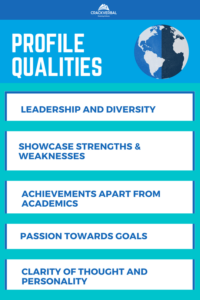
Pick something that will stick in the minds of the admission committee.
Here are a few ways you can go about building your profile :
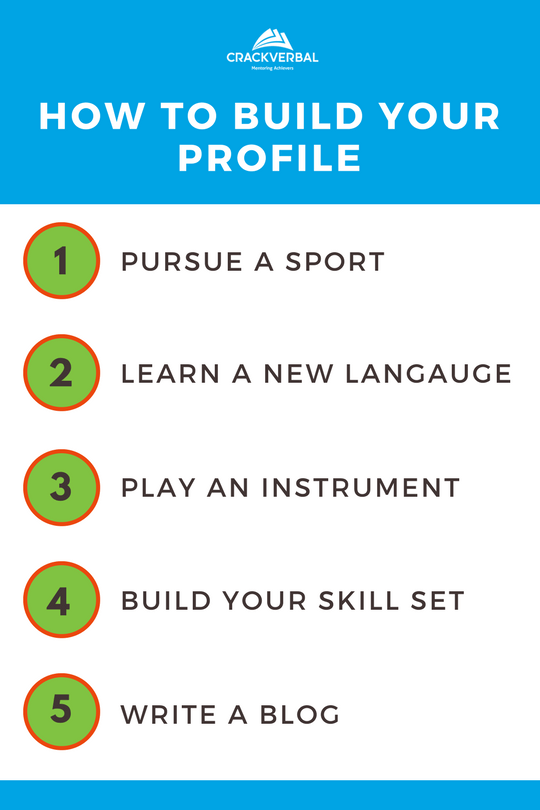
Plan out the what’s, how’s and why’s of these achievements being a part of your profile. Think of ways it will add value to the b-school, your career and your MBA degree.
We’re sure you already have something already in mind. But just in case, here are 40 ways you can build your MBA application profile.
Now that you know how to build a profile, let us tell you how shortlisting schools for an MBA works.
b) Shortlist the right school
When you see the website for most schools – they show the same sunny day, the manicured lawns, and the impressive facade of their majestic buildings.
How do we really spot the great ones from the not-so-great ones?
Well, selecting the right MBA program for you is more art than science. It involves a variety of different variables such as:
1. Location: India or Abroad
Geography changes the way you approach building your profile, and the choosing a b-school.
Pan out your pros and cons of each location and see what works best for you. Maybe you can get family for friends to help you settle in.
Also read: MBA in India vs Abroad
2. MBA program vs. career aspirations
Understand the ratio of people being placed from your dream b-school to a company/sector of your choice. Ask yourself if the odds are good enough to meet your career aspirations.
3. Duration of MBA & Finance
Here’s where your inner finance guru comes into play. Estimate the cost of living in the city you pick + the course fees (if you have a scholarship, lucky!)
Second thing you will have to close on is the duration of the course (1 year or 2 years)
4. GMAT score
Most top b-Schools have a strict cut-off score for the GMAT. If your score is above average, that’s great.
If not, make damn well sure that your profile mind-boggles the minds of the admission committee members.
Need help picking the right b-school? Read this.
You can also follow these good-to-have tips:
• Subscribe to b-school newsletters
• Join their public forums – helps keeping you up-to-date with events/queries
• Get in touch with the alumni (we recommend LinkedIn…it’s the easiest way)
Now that you know the right way to build your profile and shortlist on a b-school, let’s jump to Phase 3!

Resources :
3 Factors that GMAT accepting B-schools Want to See in your Profile!
How To Select The Right B-School For You
How To Finance Your MBA Especially When You Don’t Have Enough Money
GMAT Section Select Order : Everything You Need To Know
Phase 3: Work on your essays and applications
The admission committee reads and assesses a lot of essays.
Essays are designed to help the admission committee understand the aspects of your personality and mental make-up.
They want to know the real you.
Here is a checklist to help you prioritize.
MBA admissions checklist & requirements:
• An above average GMAT score is key to increasing your scholarship chances.
Read this: A solid GMAT score to understand how a good score helps your career post an MBA.
• Experiment with the way you portray your best-self in your application essays.
Read this article on what typical B-schools look for an application essay to get a clearer picture.
• College transcripts – Keep the necessary college transcripts at an arm’s length. Don’t flutter around later like a headless chicken.
• Letter of Recommendation – Try and identify your recommenders early on – it’ll save you a lot of time later on.
If you need more input on what aspects to avoid while choosing recommenders, click here.
• Other requirements – Some schools may require you to take the TOEFL. You can read more on that here.
And with that checklist in place, you should be good to go.
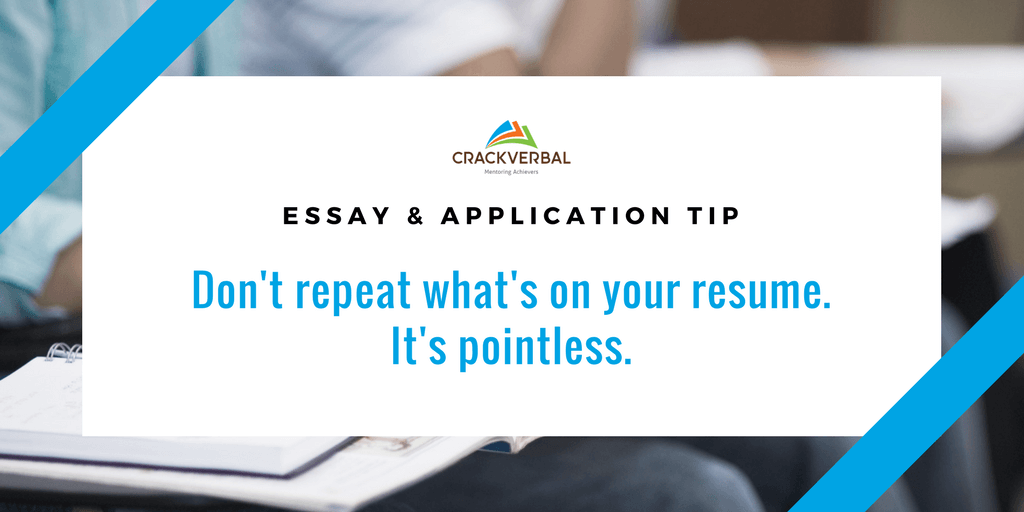
Resources :
5 Ways AdComs test your Communication Skills
Sample MBA Application Essays for Top B-Schools
Phase 4 : Prepare for Interviews and Admissions
If you’ve come this far, it means that the b-school is considering you very seriously for admission.
This is the time when a lot of people who have sent in their applications would have started receiving their interview calls.
The personal interview is the last and most crucial point of interaction between the applicant and the school, where ‘fitment’ will be assessed.
The biggest question on your mind right now should be – ‘How can I ensure that I give the best personal interview of my life?’
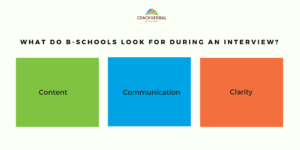
• Review your application multiple times with a fresh mind (run spell checks too). Always keep an eye out for news and updates.
Make sure your content is credible and backed by facts.
• Communication is key – verbal and non-verbal.
Express your ideas in a way that best portrays you. Stick to simplicity and honesty.
• The sign of leadership is to communicate with clarity with the intent of helping yourself and the place you work for.
B-schools are impressed with when a candidate has a crystal clear vision of his goals.
If you want an in-depth explanation of how MBA interviews work, click here.
While you wait for the b-schools to get back with the results, start planning your logistics. Here’s a checklist to follow:
• Plan your finance (tuition fees, visa, tickets and other expenses)
• Apply for your visa (avoid delays, and keep buffer time, just in case)
• Befriend fellow peers (join the college forum and know your peers)
• Check for pre-MBA courses (gives you insight into how the school and course is)

And you’ve made it!
We wish you all the best with your GMAT exams, and your MBA application.
You can also watch this video where our Founder and Admissions Expert Mr. Arun Jagannathan explains the four phases of planning an MBA through the GMAT.
And if you are stuck anywhere, you always know you can reach out to us!
Good luck!

